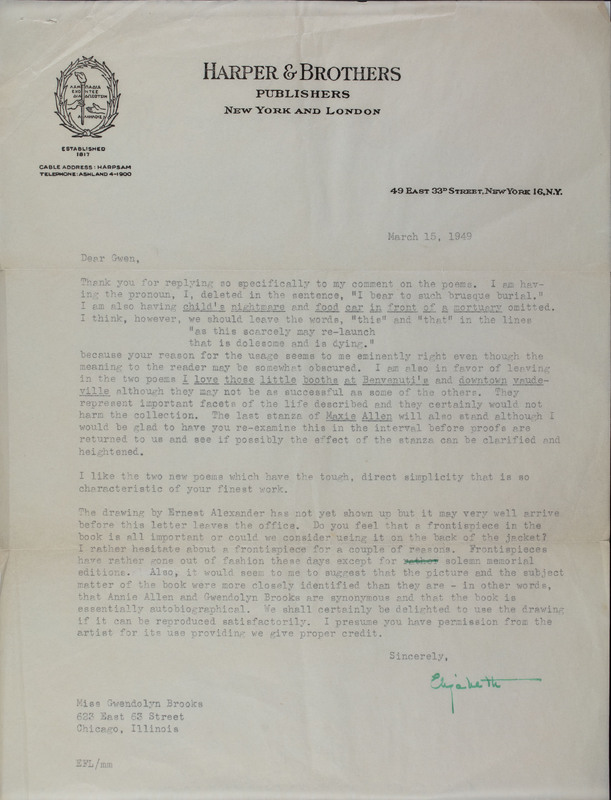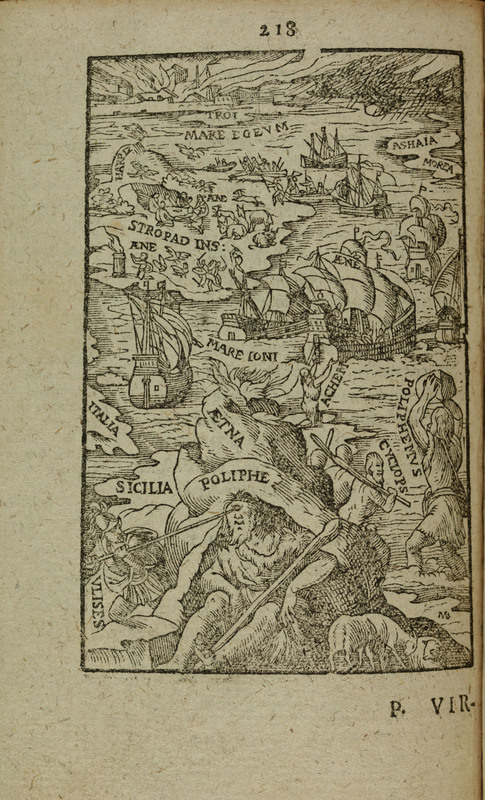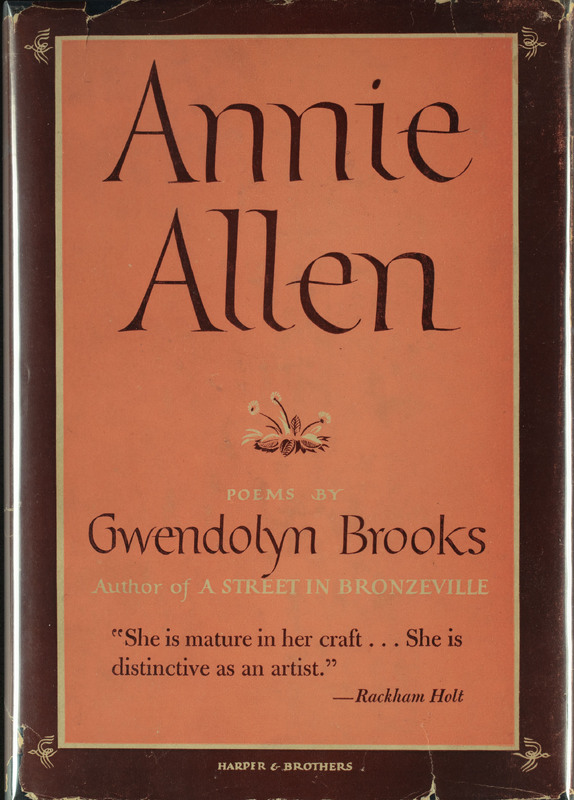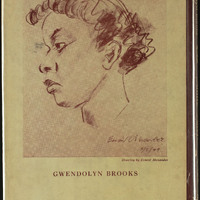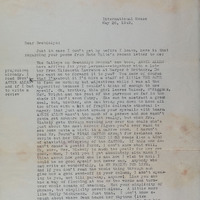Annie Allen
Writing in mid-20th century America, Gwendolyn Brooks (1917–2000) was uniquely placed to voice positions critical of the status quo. A prodigy whose poems were published in magazines and journals while still a teenager, her first collection, A Street in Bronzeville (1945), described Black life in Chicago. The book received glowing reviews and earned Brooks a Guggenheim Fellowship, while Black literary luminaries such as Langston Hughes (1901–1967) and Richard Wright (1908 –1960) praised and championed her work. A Street in Bronzeville was forthright in its descriptions of poverty and prejudice in Chicago; Annie Allen synthesizes these experiences into a single character whose coming- of- age story is told against the tumultuous backdrop of the 1930s and 1940s. It was impossible not to face the trauma of World War II as a writer of the period; as a Black woman, it was likewise impossible to not confront the specific social traumas of race and sex in America.
Annie Allen was Brooks’s second volume of poetry, the centerpiece of which is a 43-stanza poem called “The Anniad.” The Greek suffix appended to the titular character’s name emphasizes the heroic characteristics of Annie, placing her racial and gendered experiences in mid -20th century America as struggles not unlike those of the Greek heroes in The Iliad and The Aeneid. Annie’s story begins with that of her birth, and continues through girlhood into young womanhood. She confronts racial prejudice, sexism, and loss. A sense of profound alienation within and without oneself makes Annie’s coming of age simultaneously a universal—what young woman hasn’t felt this way?— and specific to the Black experience of the 1940s. What is a home where you can return from war but not drink from a public water fountain?
